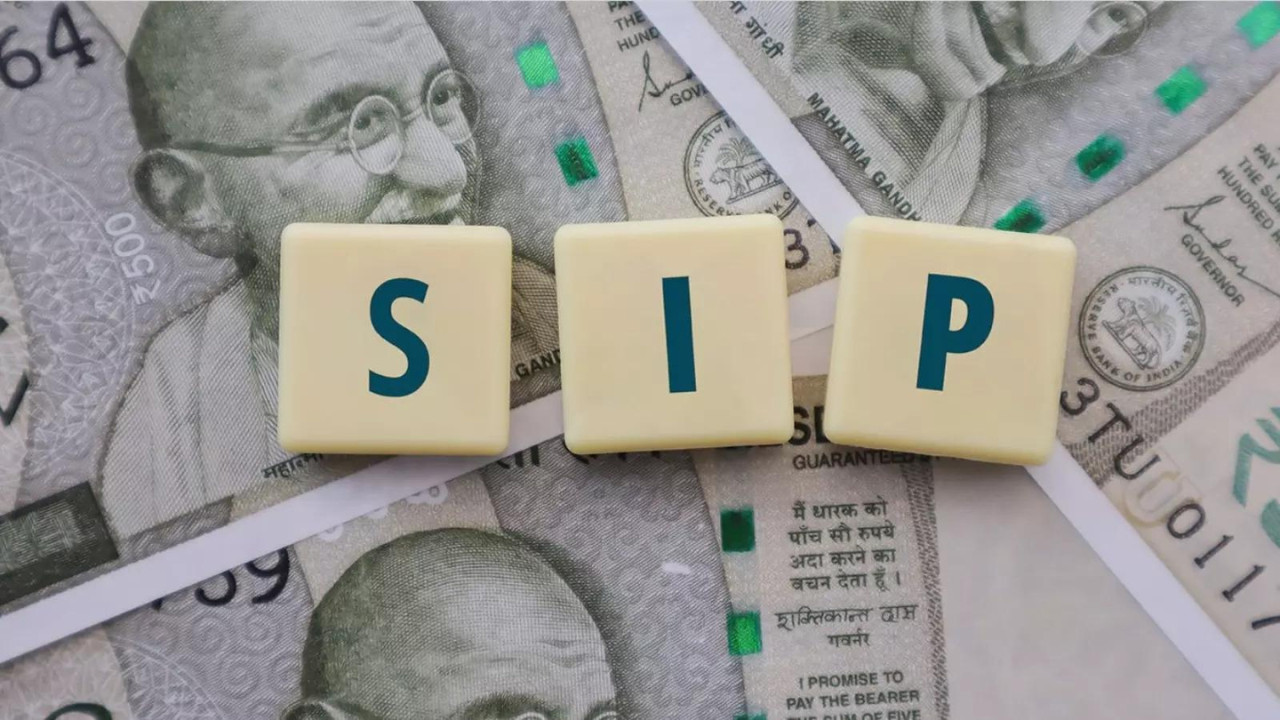The government’s GST rate rationalisation, expected before Diwali, aims to benefit consumers and MSMEs. A UBS report indicates a manageable revenue loss of 0.3% of GDP, potentially offset by cess collections and RBI dividends. Scrapping the 12% slab and shifting items between 5% and 18% rates are proposed, while luxury goods face a higher special rate.
The GST Shake-Up: Are We Headed for a Revenue Dip?
The Goods and Services Tax (GST), that ambitious unified tax system designed to streamline India’s economy, might be in for a bit of a bumpy ride. New rumblings suggest a potential revenue shortfall, a possible trillion-rupee-plus headache for the government. A recent analysis by UBS has thrown a spotlight on potential revisions to the GST structure and their possible impact on state and central coffers. But just how worried should we be?
The GST was introduced with the grand promise of simplifying the tax landscape and boosting revenue collection. For a while, it seemed to be delivering on its pledge. But the ever-evolving economic climate, coupled with ongoing debates around rate rationalization and exemptions, are now raising questions about its future performance. The core concern revolves around anticipated changes to the tax slabs and the potential removal of exemptions that currently apply to certain goods and services.
Imagine the GST structure as a complex machine with many interconnected parts. Tweaking one part, even with the best intentions, can have ripple effects throughout the entire system. If the government decides to streamline the tax slabs – potentially merging or eliminating some – it could lead to a reduction in the overall tax burden on certain sectors. While this might be a welcome relief for consumers and businesses, it could simultaneously shrink the total GST revenue pie.
And what about those exemptions? They act like strategic incentives, designed to promote specific industries or benefit certain segments of society. Removing them could generate more tax revenue in the short term, but it might also stifle growth in these targeted areas. It’s a delicate balancing act, a tug-of-war between immediate fiscal gains and long-term economic development.

The UBS report estimates that these potential GST overhaul measures could lead to a revenue loss of a staggering ₹1.1 trillion. That’s a significant chunk of change, enough to fund numerous infrastructure projects or social welfare programs. The immediate question then becomes: how will the government navigate this potential fiscal gap?
Fortunately, the report also offers a glimmer of hope. While the potential revenue loss is substantial, UBS believes that the fiscal cost is manageable. India’s strong economic growth provides a buffer, allowing the government to absorb the impact without derailing its overall fiscal targets. Furthermore, there are alternative strategies the government can employ to mitigate the effects of the GST revisions.
One potential avenue is to focus on improving tax compliance. By cracking down on tax evasion and bringing more businesses into the formal tax net, the government can boost revenue collection without necessarily raising tax rates. Think of it as plugging the leaks in the system – ensuring that everyone pays their fair share.
Another strategy is to optimize government spending. By identifying areas where expenditure can be reduced or made more efficient, the government can free up resources to offset any potential revenue shortfall. This requires a careful review of existing programs and a willingness to make tough choices.
The GST’s journey hasn’t always been smooth. There have been challenges along the way, including initial teething problems with implementation and ongoing debates about rates and exemptions. But the system has also proven to be remarkably resilient, adapting to changing economic conditions and evolving policy priorities. Perhaps a dive into India’s corporate tax history might lend some insight into possible outcomes.
The upcoming GST overhaul presents both opportunities and risks. It’s an opportunity to refine the system, making it more efficient and equitable. But it’s also a risk, as any major changes could have unintended consequences for revenue collection and economic growth.
Ultimately, the success of the GST overhaul will depend on the government’s ability to strike a delicate balance between fiscal prudence and economic development. A well-calibrated approach, coupled with effective communication and stakeholder engagement, will be crucial to ensure that the GST continues to serve as a cornerstone of India’s economic progress.
The potential for a GST revenue dip shouldn’t be a cause for panic, but rather a catalyst for strategic thinking and proactive measures. By focusing on improved compliance, optimized spending, and continued economic growth, India can navigate this challenge and ensure the long-term sustainability of its GST system. The future of the GST, and its impact on the Indian economy, remains a story still being written.







